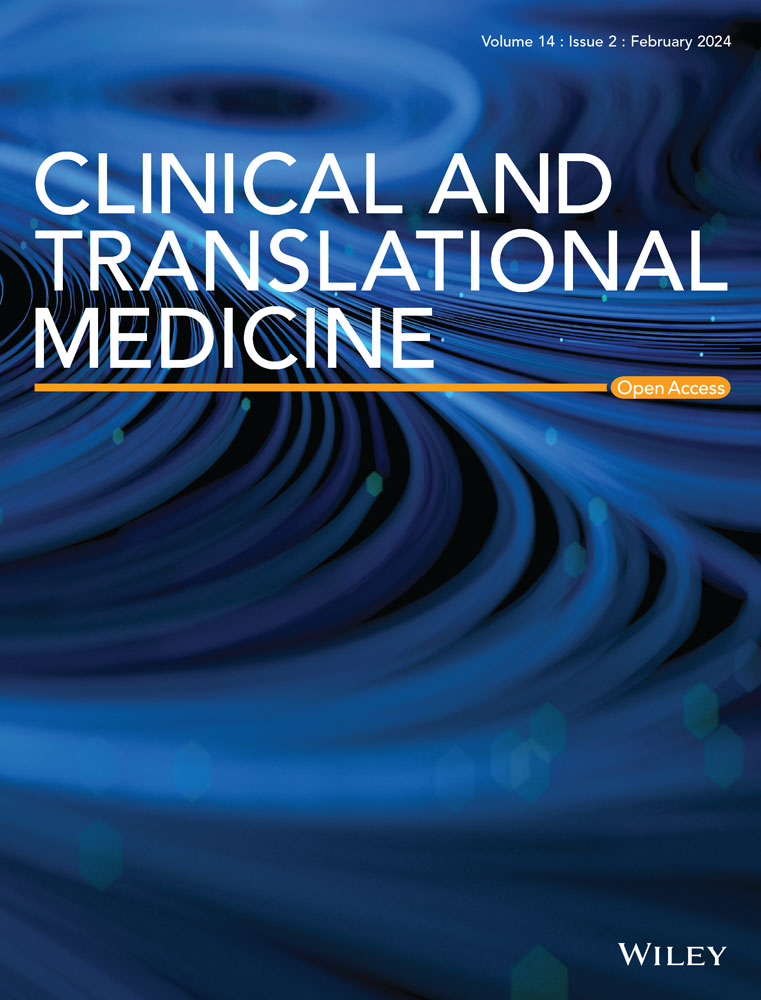Lentivirus-mediated gene therapy for Fabry disease: 5-year End-of-Study results from the Canadian FACTs trial
Abstract
Background
Fabry disease is an X-linked lysosomal storage disorder due to a deficiency of α-galactosidase A (α-gal A) activity. Our goal was to correct the enzyme deficiency in Fabry patients by transferring the cDNA for α-gal A into their CD34+ hematopoietic stem/progenitor cells (HSPCs). Overexpression of α-gal A leads to secretion of the hydrolase; which can be taken up and used by uncorrected bystander cells. Gene-augmented HSPCs can circulate and thus provide sustained systemic correction. Interim results from this ‘first-in-the-world’ Canadian FACTs (Fabry Disease Clinical Research and Therapeutics) trial were published in 2021. Herein we report 5-year ‘End-of-Study’ results.
Methods
Five males with classical Fabry disease were treated. Their HSPCs were mobilized, enriched, and transduced with a recombinant lentivirus engineering expression of α-gal A. Autologous transduced cells were infused after conditioning with a nonmyeloablative, reduced dose, melphalan regimen. Safety monitoring was performed. α-Gal A activity was measured in plasma and peripheral blood (PB) leucocytes. Globotriaosylceramide (Gb3) and lyso-Gb3 levels in urine and plasma were assessed by mass spectrometry. qPCR assays measured vector copy number in PB leucocytes. Antibody titers were measured by ELISA. Body weight, blood pressure, urinary protein levels, eGFR, troponin levels, and LVMI were tracked.
Results
Four out of 5 patients went home the same day as their infusions; one was kept overnight for observation. Circulating α-gal A activity was observed at Day 6–8 in each patient following infusion and has remained durable for 5+ years. LV marking of peripheral blood cells has remained durable and polyclonal. All 5 patients were eligible to come off biweekly enzyme therapy; 3 patients did so. Plasma lyso-Gb3 was significantly lower in 4 of 5 patients. There was no sustained elevation of anti-α-gal A antibodies. Patient weight was stable in 4 of the 5 patients. All blood pressures were in the normal range. Kidney symptoms were stabilized in all patients.
Conclusions
This treatment was well tolerated as only two SAEs occurred (during the treatment phase) and only two AEs were reported since 2021. We demonstrate that this therapeutic approach has merit, is durable, and should be explored in a larger clinical trial.
Highlights
- This was the first gene therapy clinical trial to be completed for Fabry disease.
- There were no adverse events of any grade attributable to the cellular gene therapy intervention or host conditioning throughout the follow-up interval of 5 years.
- After reduced-intensity melphalan treatment, all patients engrafted their autologous modified α-gal A expressing cells.
- All patients synthesized and secreted α-gal A throughout the course of the study.
- Expression of α-gal A resulted in a decrease in plasma lyso-Gb3 in four of five patients and stabilization of kidney symptoms in all patients.


 求助内容:
求助内容: 应助结果提醒方式:
应助结果提醒方式:


